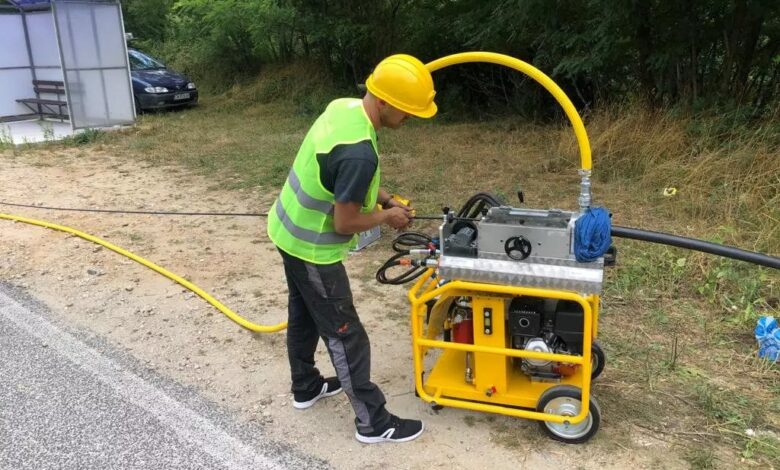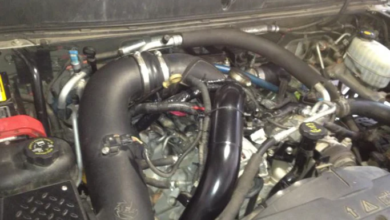Blowing Fiber vs Pulling

The world of telecommunications is constantly evolving, and with it, the methods of deploying critical infrastructure like fiber optic cables. Two prominent installation techniques have emerged: Blowing Fiber and Pulling. In this article, we will delve into the differences between these methods, highlighting their respective advantages and applications.
Blowing Fiber: A Paradigm Shift in Installation
Blowing Fiber, also known as “blown fiber optic cable,” has emerged as a game-changing technology in the world of fiber optic cable installation. This technique employs compressed air or gas to propel individual optical fibers through pre-installed ducts or conduits. Let’s explore this url why it’s garnering attention:
- Flexibility and Future-Proofing:
- Blowing fiber offers unparalleled flexibility in network design. It allows for easy additions or replacements of fibers without extensive construction work.
- Additional fibers can be seamlessly added to existing ducts, ensuring the network can evolve to meet future demands.
- Cost-Efficiency:
- With ducts in place beforehand, blown fiber installation can be more cost-effective compared to traditional cable pulling methods. This reduces labor costs and minimizes disruption to the surrounding environment.
- Reduced Disruption:
- Thanks to the pre-installed ducts, there’s significantly less disruption during installation, making it an excellent choice for urban areas or established buildings.
Pulling: A Traditional Approach
Pulling is the conventional method of installing fiber optic cables, involving the manual pulling of cables through conduits. While established and widely used, it has certain limitations:
- Labor-Intensive:
- Pulling cables manually can be labor-intensive and time-consuming, especially in situations with complex pathways or obstacles.
- Limited Flexibility:
- Making changes or additions to the network can be more challenging and may require significant effort, especially in environments with established infrastructure.
- Potentially Higher Costs:
- Pulling may involve higher costs due to the labor-intensive nature of the process, especially in situations where extensive construction work is required.
Choosing the Right Method: Considerations
The choice between Blowing Fiber and Pulling depends on various factors, including the specific project requirements and environmental considerations:
- Network Design Flexibility:
- Blowing fiber offers greater flexibility for dynamic network environments where changes or expansions are anticipated.
- Project Scale and Timeline:
- Visit this url for large-scale projects with tight timelines, blowing fiber may offer a faster and more efficient installation process.
- Infrastructure Considerations:
- Established infrastructure and existing conduits may influence the choice of installation method. Pulling may be preferred in scenarios where pre-installed ducts are not available.
Conclusion
The choice between Blowing Fiber and Pulling is pivotal in determining the efficiency, cost-effectiveness, and flexibility of a fiber optic cable installation. While both methods have their merits, Blowing Fiber stands out as a versatile, future-proof solution capable of meeting the demands of our rapidly evolving digital landscape. By understanding the strengths and considerations of each method, we can make informed decisions that pave the way for robust and reliable fiber optic networks.



